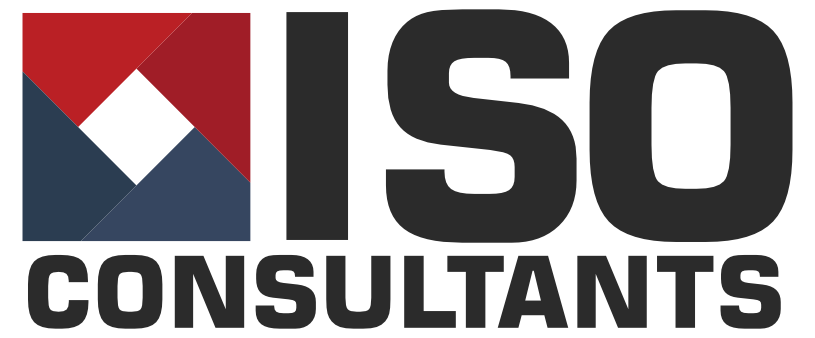1. Don’t over audit
ISO 9001 doesn’t actually specify the frequency with which your processes or departments need to be audited, although the certification body’s tend to expect an annual review of the entire system. This doesn’t seem an unreasonable interpretation, but a different, more frequent audit can be justified and accepted by them if you wish to put in the effort.
ISO 9001 also suggests that you should vary the audits to concentrate on the areas where problems actually occur. The standard is primarily about better business, not better documentation and a certificate on the wall. This means looking at what problems the business really has, like on time delivery, product development time or support activities. These areas are more difficult to address, but with the support of the senior management they are also the type of issues which will truly make a difference to the business.
2. Analyse corrective actions
”Corrective Actions” give a good idea of where a business needs to make improvements.
Most companies rarely complete and correctly use their Corrective Action systems. The great tendency to “run off and put out the fire”, can result in little consideration being given to what started the fire in the first place. The analysis of where a business has had to take corrective action, and the identification of how to avoid its need in future is a very valuable tool, but one that is often not used to its capacity. Again, the standard should be driven by the quest for “better business”.
And many companies do not carry out simple analysis using recent data to ensure that findings are of value to the business. So, if you do decide to invest time in the analysis of performance data such as corrective actions make sure that the analysis is as quick and up to date as possible. Frequently, a report is published based on very detailed analysis, and produced in a very scholarly manner, but refers to products that have subsequently been updated, modified or even replaced. Simple analysis tools like Pareto should be used to ensure analysis is quick and easy wherever possible.
3. Choose objectives and targets which will be of interest to the business
Numerous articles have been printed over the years looking into whether ISO Standards make any difference to a business. For some reason we seem to be very good at forgetting changes which have been made for the better. Even something as simple and basic as the introduction of a good document control system can save a business money by improving delivery accuracy, product conformance etc. and can be invaluable if the business ever has to defend itself in legal actions.
And it’s essential that that the senior management team buy into the objectives set for the Quality Management System and that the objectives THEY choose will make improvements to the business. Wherever possible try to set objectives which can be linked to measurable figures, so that the improvements you drive can be given a true cash value, and hence be properly accepted as valuable to the business.
In over twenty years of working in the quality and standards industry, latterly as an Independent ISO Consultant , I’ve seen many organisations make ISO 9001 far too complicated and irrelevant to the business, with the result of disengagement of the staff.
Ironically, ISO Certification is not hard, unless people choose to make it difficult. The aim is better business. So, if you need an ISO consultant who can help you attain this, please be in touch!
Written by Colin Brown of ISO Consultants

